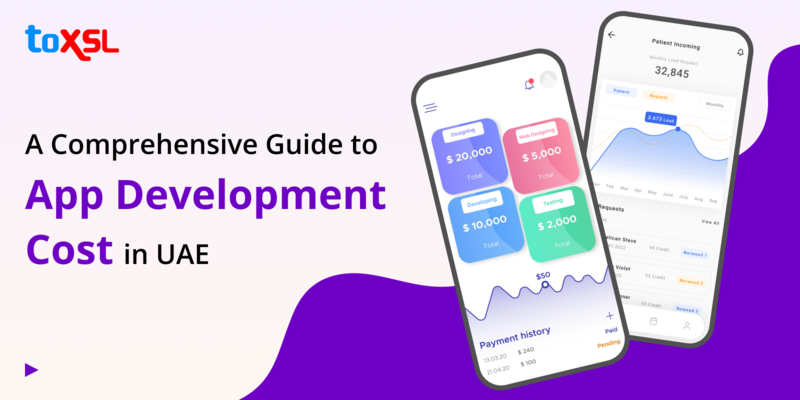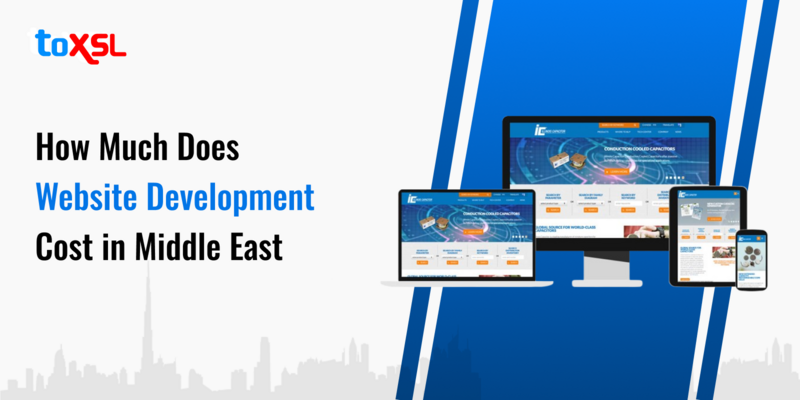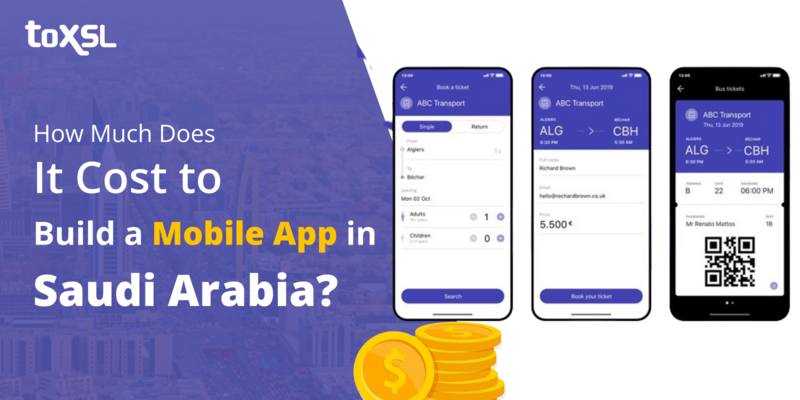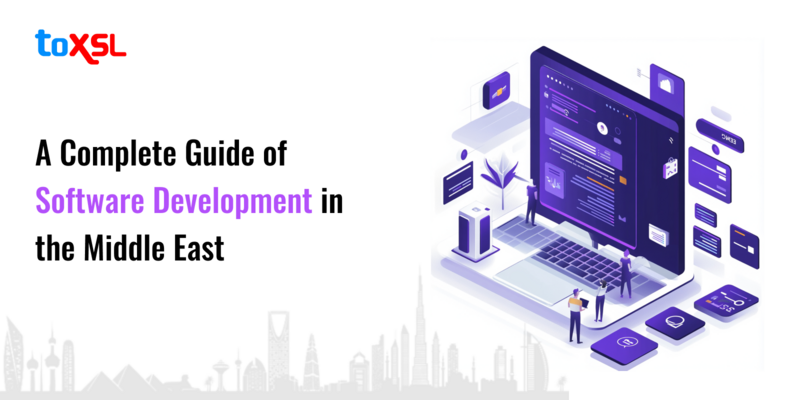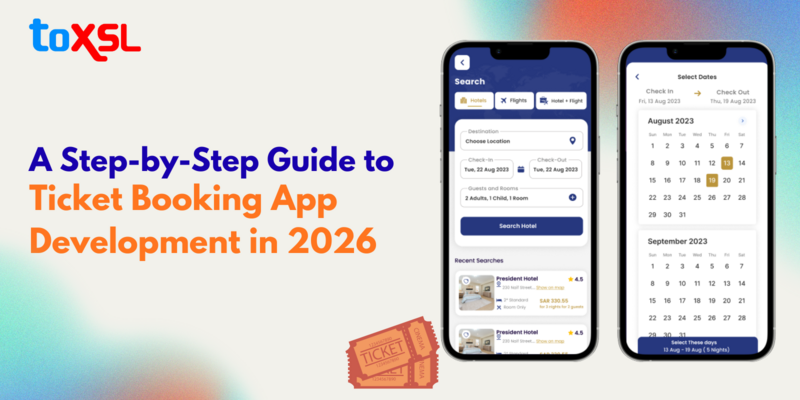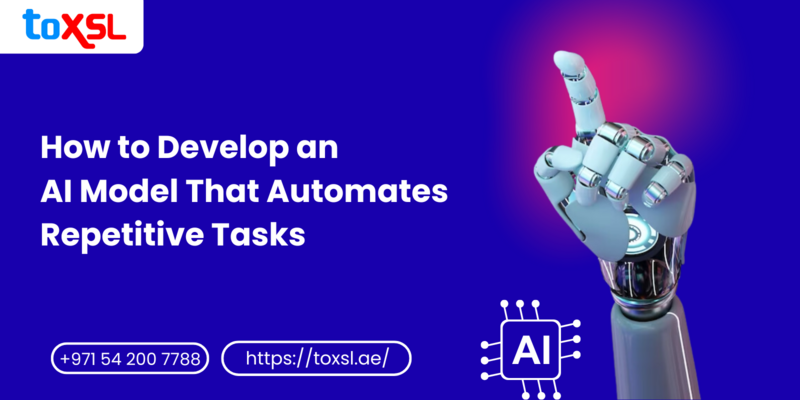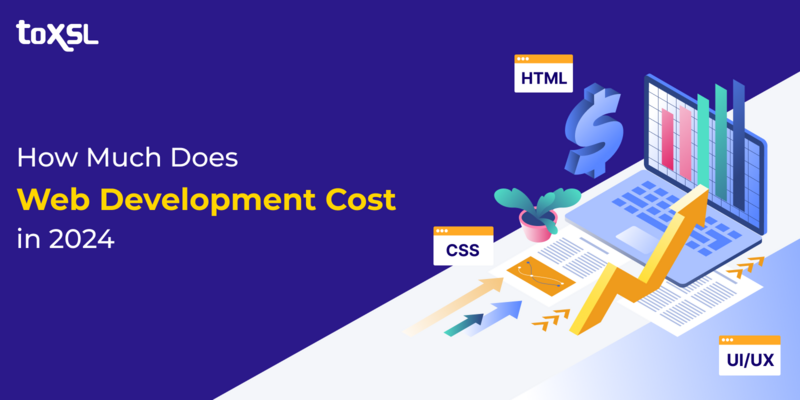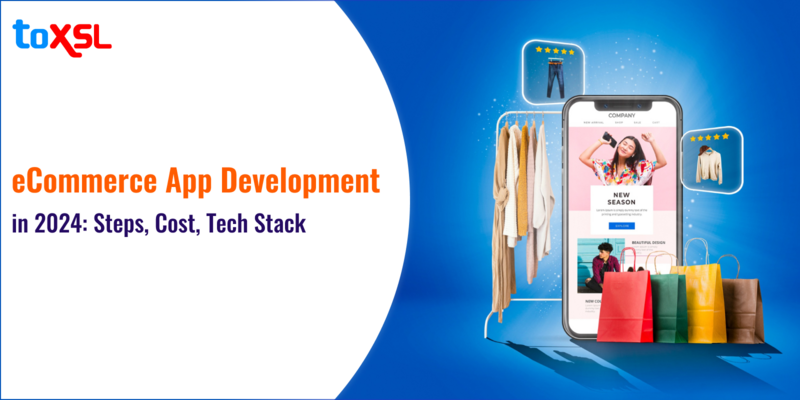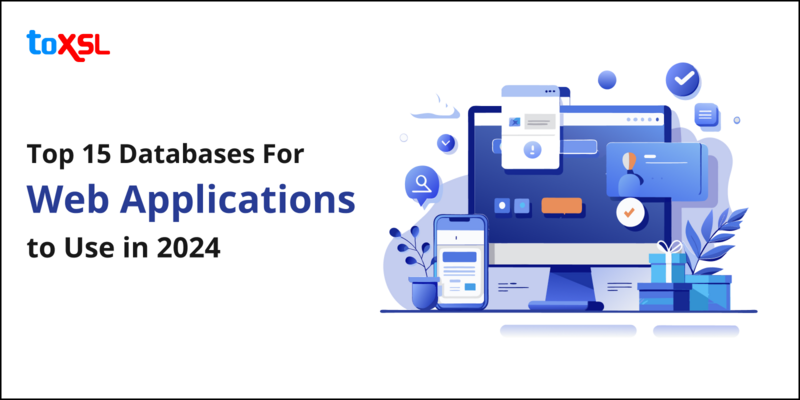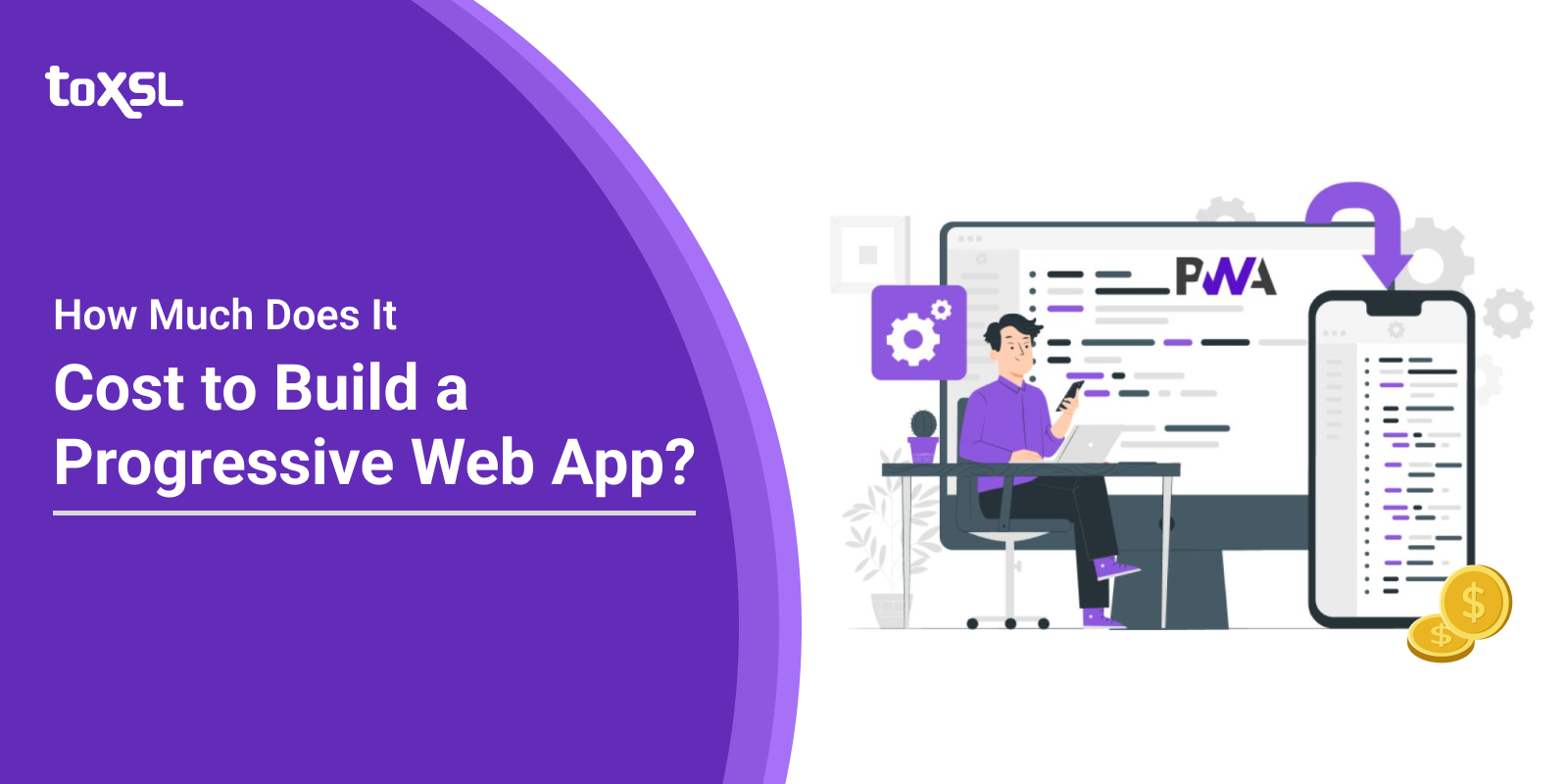
Did you know PWAs boast 36% higher conversion rates compared to native apps? PWA holds the most surprising statistics. They use 60% less data than native apps, helping them save users money and bandwidth. PWAs increase user engagement by an average of 180% and user re-engagement by 250%. PWAs are estimated to reach $10.44 billion by 2027.
Key Takeaway:
- PWAs increase conversions by 36% and user engagement by 180%.
- Development costs range from $10,000 to $150,000, depending on features and complexity.
- PWAs offer faster performance, reduced costs, and better SEO than native apps.
- They work across all devices with a single codebase, reducing maintenance costs.
- Investing in PWAs enhances user experience, lowers bounce rates, and improves engagement.
But what are Progressive Web Apps (PWAs)?
Progressive web apps (PWAs) are built using web platform technologies and can be run on all devices from one codebase. These apps combine the features of both websites and mobile apps, providing a great alternative to native mobile app development. The statistics discussed above clearly tell us businesses can grow easily using PWAs. But the question is, “How much does it cost to build a progressive web app?" This blog will tell you the costs associated with progressive web app development, providing you with a clear picture of the anticipated costs.
Progressive Web App Development Cost
The cost of Progressive Web App Development depends on various factors. The average cost of PWA starts at $10,000 to $50,000 or more. The price can vary depending on the features that you want to add. But how do we evaluate the cost of our PWA app? Well, the budget is always the top priority of a firm. The cost of progressive web app development depends on your platform requirements; usually, the cost is less than that of native application solutions. In this section of the blog, we will learn about the various factors that affect the cost of PWAs.
1. Project Complexity
One of the cost-driving factors of a PWA is its complexity. As the complexity increases, the cost increases. This happens because the complex project needs the involvement of highly skilled developers, designers, testers, and project managers. More advanced functionalities like push notifications, offline mode, or complex data processing will increase development time and costs. Also, connecting the PWA with existing systems, databases, or third-party APIs adds to the project's complexity.
2. Pricing Model
One of the major factors that influences the cost of progressive app development is the pricing model that businesses choose. There are two types of pricing models: Fixed Price and Time & Material (T&M).
A fixed price model is when the customer already knows the price before the development starts. The prices do not change once the project starts. Such models only suit simple projects, where there is no possibility of changes. Whereas in Time & Material the customer pays for the time spent on their project. The best part of the T&M model is that it comes with flexibility and you can make changes to the project on the go. The table below shows that the Fixed Price model is different from the Time & Material model.
3. UI/UX Requirements
User interface and experience play a crucial role in PWA success and development costs. Custom, highly polished interfaces with unique animations and interactions require more design and development time. Also, implementing features for users with disabilities may increase development time but is often necessary for compliance and inclusivity.
4. Project Timeline
The development schedule can affect both cost and quality. Rushed projects may require additional resources or overtime work, which will increase costs. Hence, breaking the project into stages can help manage costs and allow for adjustments based on user feedback. Additionally, thorough testing is crucial for PWA reliability but extends the project timeline and impacts costs.
Reasons Why You Should Invest in Progressive Web App Development
Progressive Web Apps (PWAs) are revolutionising the way we think about web and mobile applications. If you're considering upgrading your digital strategy, here are compelling reasons why investing in PWA development should be at the top of your list.
1. Enhanced User Experience and Reach
PWAs offer a seamless, app-like experience without the need for installation. They load instantly, work offline, and provide smooth animations and interactions. This improved user experience leads to higher engagement rates and customer satisfaction. Users can access your content or services with a single tap, regardless of their device or network conditions. Also, unlike native apps that are limited to specific app stores, PWAs are discoverable through search engines. This significantly increases your potential audience reach. Anyone with a web browser can access your PWA, regardless of their device's operating system. This universal accessibility ensures you're not excluding potential customers based on their choice of technology.
2. Improved Performance and Lower Cost
PWAs are designed to be fast and efficient. They use caching strategies that allow content to load instantly, even on slow network connections. This speed not only enhances the user experience but also positively impacts search engine rankings, as page load time is a crucial factor in SEO algorithms. Moreover, developing and maintaining separate native apps for iOS and Android can be expensive and time-consuming. PWAs offer a cost-effective alternative by using a single codebase that works across all platforms. This not only reduces initial development costs but also simplifies ongoing maintenance and updates.
3. Easier Updates & Reduced Dependency
PWAs help you push updates instantly without going through app store approval processes. This allows for rapid iteration and the ability to quickly respond to user feedback or market changes. Users always have access to the latest version of your app without needing to manually update it. With that, PWAs bypass traditional app stores, giving you more control over your distribution and user acquisition strategies. You're not bound by app store guidelines or subject to revenue sharing with platform owners. This independence can be particularly valuable for businesses looking to maximize their profit margins.
4. Improved Conversion Rates and Integration
The frictionless nature of PWAs—no download required, instant access—can significantly boost conversion rates. Users are more likely to engage with a PWA than to download a native app, especially for first-time interactions. This lower barrier to entry can be a game-changer for e-commerce businesses or any service requiring user sign-ups. Modern PWAs can integrate with many device features previously only available to native apps. This includes access to the camera, geolocation, offline storage, and more. This capability allows you to create rich, interactive experiences that rival native apps in functionality.
5. Push Notifications and Reduced Data Usage
PWAs support push notifications on both mobile and desktop platforms, providing a powerful tool for user engagement and retention. These notifications can be used to send updates, promotions, or reminders, keeping your brand top-of-mind even when users aren't actively using your app.
PWAs are typically much smaller in size compared to native apps. This reduced data footprint is beneficial for users with limited data plans or in regions with expensive mobile data. It also means faster initial loads and updates, contributing to a better overall user experience.
6. Improved SEO and security
Unlike native apps, PWAs can be indexed by search engines. This means your content becomes discoverable through organic search, potentially driving more traffic to your app. The improved performance and user engagement metrics associated with PWAs can also positively impact your search engine rankings. Also, PWAs are served over HTTPS, ensuring that all data exchanges between the user and your server are encrypted and secure. This built-in security feature protects user data and builds trust, which is crucial for any business handling sensitive information.
7. Improved Analytics & Reduced Bounce Rates
PWAs offer rich user data and analytics, allowing you to gain deeper insights into user behavior and preferences. This data can be invaluable for refining your product, marketing strategies, and overall business approach. The instant loading and app-like interface of PWAs contribute to lower bounce rates. Users are more likely to stay engaged with your content when it's presented in a fast, responsive format that mimics the native app experience they're accustomed to.
Conclusion
Overall, we can say that investing in progressive app development is not about keeping up with current trends; it is about future-proofing your digital strategy and providing the best user experience. Moreover, we live in a mobile-first world; hence, embracing PWAs helps you lay the groundwork for continued innovation and success. While PWA adoption is growing, many businesses have yet to embrace this technology. Implementing a PWA now can set you apart from competitors and position your brand as innovative and user-focused.
ToXSL Technologies is an award-winning web app development company in Dubai. We have a team of developers who are committed to offering world-class progressive web apps to clients worldwide. So, if you are looking for a reliable and best app development company in Dubai that can help you generate a higher ROI, choose us as your Progressive Web App Development partner. We will help you get a higher conversion rate from organic traffic, and reduce the loading time by a significant amount.
FAQs
1. What is the average cost of building a Progressive Web App (PWA) in 2024?
The average cost to develop a Progressive Web App typically ranges from $10,000 to $150,000. Basic PWAs can start as low as $5,000, while more complex applications with advanced features can exceed $150,000 depending on specific requirements and functionalities.
2. What factors influence the cost of PWA development?
Several factors affect the cost of developing a PWA, including:
Complexity and Features: More features and complex functionalities increase development time and costs.
Design and User Experience (UX): Sophisticated designs require more resources, impacting overall costs.
Integration Needs: The necessity for backend integration with APIs or databases can add to the expense.
Development Team Location: Costs can vary significantly based on where the development team is located, with teams in regions with lower labor costs generally charging less.
3. How long does it take to develop a Progressive Web App?
The development timeline for a PWA can vary based on complexity:
Simple PWAs: Approximately 1-3 months.
Medium Complexity PWAs: About 3-5 months.
Advanced PWAs: Can take 6 months or longer. Timelines may extend if tight deadlines require additional resources.
4. What are the ongoing costs associated with maintaining a PWA?
Maintenance costs for a Progressive Web App typically range from 20% to 25% of the total development cost annually. This includes updates, security checks, and performance optimizations necessary to keep the app functioning smoothly.


